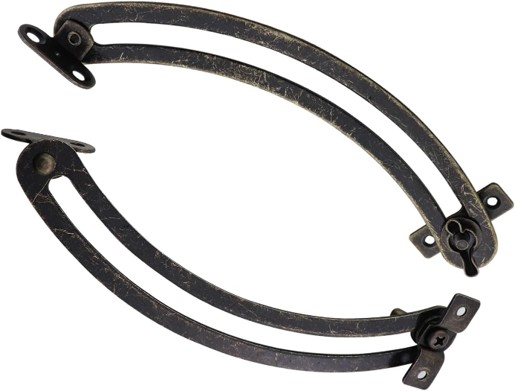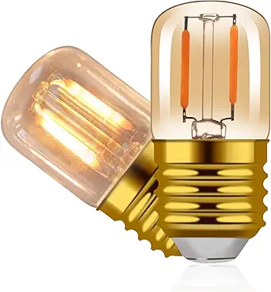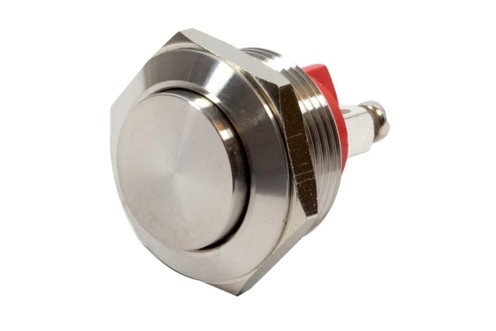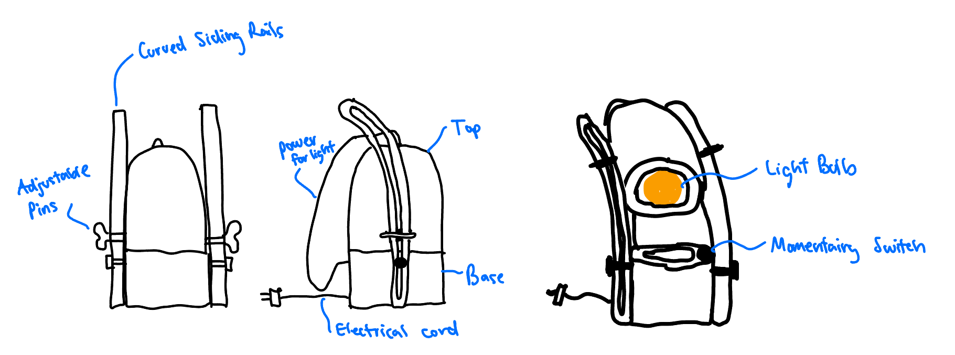Specifications:
As I move closer to completing RailGlow, I’ve started thinking more about what success really looks like for this project. At its core, this lamp is meant to solve a problem in our kitchen where the lighting over the stove is poor. But beyond that, I want it to feel like something that was made with intention and care. Something that reflects my design aesthetic and the kind of work I like to do. One of the most important things for me is that the sliding motion works smoothly.

Figure 1: Sliding rails
The interaction between the top capsule and the curved rails should feel intuitive and solid, not flimsy or overly mechanical. If that part works well and reliably triggers the momentary switch, I’ll feel good about the functional side of the design.
The overall look should land firmly in the rugged minimalist category. That means using materials like wood or metal that age well and look good even when they show wear. I want the construction to be visible and honest, with fasteners and joints that don’t try to hide. At the same time, the lamp needs to cast the right kind of light. Originally, I was planning to use a standard LED bulb, but after exploring alternate aesthetics like Organic Modernism, I decided to go with an amber light instead.

Figure 2: Soft glow lights
It gives off a much warmer, more diffused glow, which I think fits better with the character of the lamp and the space it’s going into. That soft, ambient lighting will help the piece feel more like a natural part of the room.
Another thing I’m aiming for is a design that fits well into its environment, not just visually, but in scale and function. The lamp should feel like it belongs where it’s mounted. It shouldn’t take up too much space or feel awkward to use. And finally, I want the piece to reflect the craftsmanship behind it. Whether it’s the shaping of the wood, the fit of the rail, or the way the switch is wired in, I want the final product to feel deliberate. If someone were to look at it and think, “Yeah, someone really built this with care,” then I’ll consider it a success.
Figure 3: Sketch of the final design concept
Constraints:
Of course, there are some real constraints I’m up against. Time is a big one. The Design Expo is May 7, and between refining the design, learning what I need to in the woodshop, and assembling everything, the weeks are going to go by fast. My ability to access certain tools in the shop will also shape how I build the top and base. For example, lathe turning or precision routing may depend on equipment availability or instructor oversight. That’s something I’ll need to coordinate sooner rather than later.
There are also some skill gaps to work through. I’ve done woodworking before, but getting everything to align properly on a sliding rail is a new challenge. I’ll also need to be comfortable with wiring the momentary switch and bulb in a way that’s safe, clean, and hidden within the structure.

Figure 4: Momentary switch
Material availability is another factor. While I’ve purchased most of the electrical and hardware components, I still need to source the right type of wood. Ideally, it’ll have a rich, natural texture and good durability, but also be workable within the shop’s constraints. If I can’t find something suitable, I might have to pivot to using metal.
The toughest challenge, though, might be mechanical tolerance. The sliding rail has to operate with just the right amount of friction, and the capsule has to line up perfectly with the switch for it to work every time. If that doesn’t happen, the whole concept falls short. That’s where precision really matters, and it’s something I’ll be paying close attention to during the fabrication and testing phase.
All of these pieces, how it feels, how it works, and how it’s built, need to come together for RailGlow to succeed. I’m excited to keep moving forward, and I’m hopeful that the end result will be something I’ll be proud to show off. If anyone has advice or ideas as I wrap this up, I’d love to hear them. Thanks again for following along.
Sources:
Figures 1, 2, and 4 are all product photos from amazon.
Figure 3 is a hand sketch I made of the overall design intention.
Featured image was generated using DALLE Ai image generator



1 Comment. Leave new
Hey Jacob! The overall design using the momentary switch is really clever and I appreciate how you defined success as something made with care. Do you have plans to cover or separate the light bulb from the switch in a way, similar to what’s shown in the feature image? Regardless I am excited to see the end result of your project!